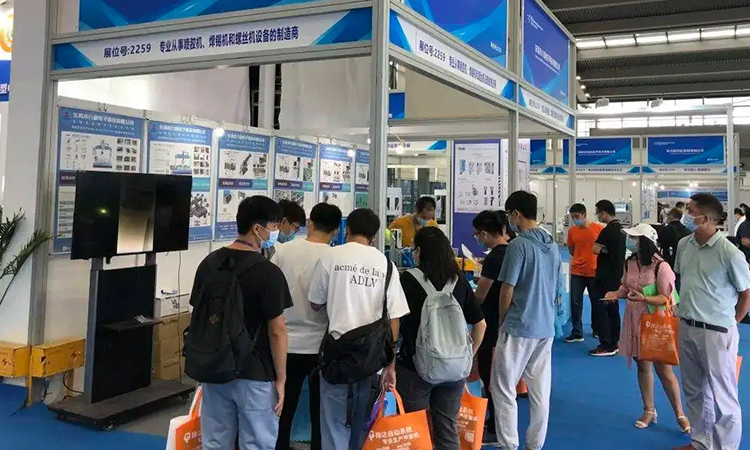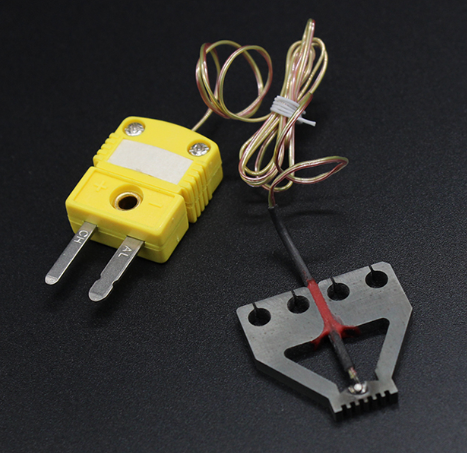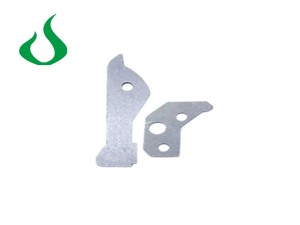MENU

 LNG
LNG
Tungsten boat fake alloys have the characteristics of high temperature resistance, high hardness, low expansion coefficient, high thermal conductivity, and outstanding plasticity of both tungsten and copper, making them widely used in electronic packaging, heat sinks, and other fields.
The existing preparation methods for tungsten copper alloys include: porous tungsten as a skeleton entering liquid copper, thermal compaction of tungsten copper composite powder, and various technologies such as liquid phase sintering and re compaction, explosive compaction, etc.
However, due to the low mutual solubility between different components in the tungsten copper system, even in the presence of liquid copper above 1083 ℃, it is difficult for the tungsten copper pseudo alloy to achieve complete densification. Currently, the main preparation methods for tungsten boat composite powder include high-temperature thermal reduction method and mechanical alloying method.
The high-temperature thermal reduction method is to first react tungstate amine salt (or tungsten oxide) to generate tungsten copper composite oxide powder of copper tungstate (CuWO3) and tungsten trioxide (WO3). After ball milling or atomization refinement, the alloy powder is reduced with hydrogen gas in the range of 300-500 ℃ to obtain a tungsten copper composite powder with tungsten phase coated copper phase. Due to the submicron distribution of the tungsten copper phase, the sintering of the powder can be greatly improved, but it is still difficult to achieve a fully dense sintering density. It is necessary to add other additives such as Cr, Co, and other metals that have affinity with copper and tungsten to further improve the sintering ability. However, after sintering, the additive greatly reduces the physical functions of tungsten copper alloy such as conductivity and thermal conductivity due to its solid solution in the copper matrix.
The mechanical alloying method involves mixing tungsten and copper in a certain proportion and grinding them with mechanical balls to obtain tungsten copper composite powder. However, due to the differences in particle size, specific gravity, and hardness between tungsten and copper, it is difficult to obtain tungsten copper composite powder with uniform distribution of tungsten and copper using mechanical alloying method, and the proportion of tungsten boat and copper in the composite powder is difficult to accurately control. Meanwhile, during the ball milling process, impurities such as iron, cobalt, and chromium mixed in due to the wear of the grinding tank or ball can greatly reduce the physical functions of tungsten copper alloys such as conductivity and thermal conductivity.



